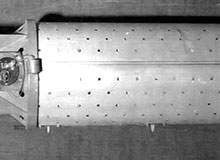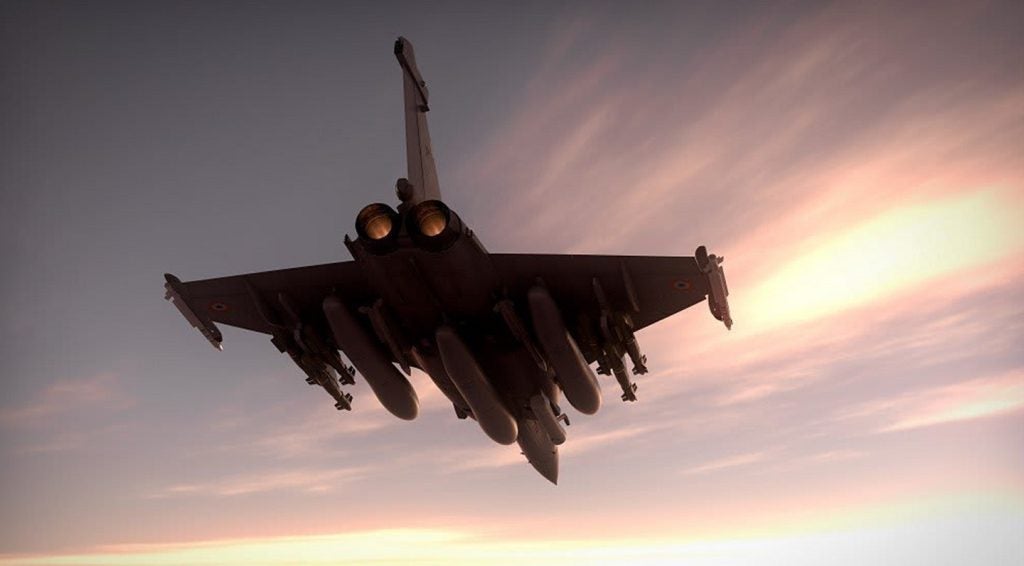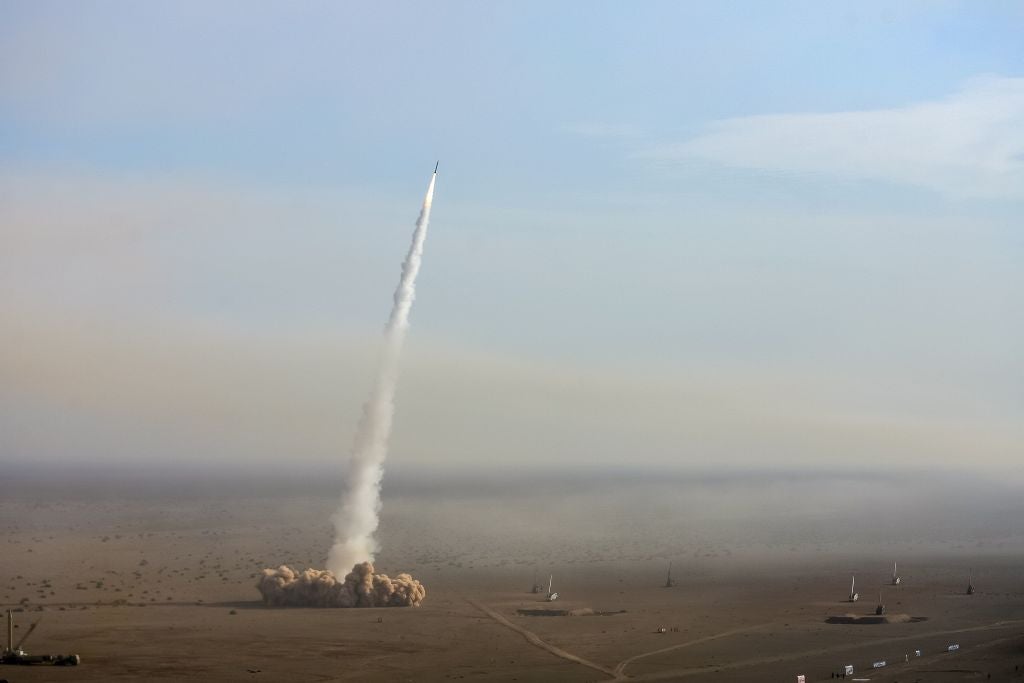

Bat Bombs
Bat Bombs were proposed by the US as experimental weapons using bats to deliver incendiary bombs against Japanese cities during World War II. The idea was to attach explosives to bats and launch them in the skies over Japanese cities. Bats move silently and seek shelter in the corners and cracks of buildings by day, at which point the bombs could be detonated.
The Mexican Free-tailed Bat was chosen for the purpose and thousands of them were captured and put into refrigerators for artificial hibernation. The first major trails at Muroc Dry Lake were unsuccessful as many of the bats couldn’t wake up from hibernation and hit the ground after being launched from B-25 Mitchell medium bombers at altitude of 5,000ft.
The tests with real incendiaries proved even worse when many of the bats escaped and set fire to Army facilities. After experiments using around 6,000 bats failed the programme was dropped.
Pigeon-Guided Missile
Project Pigeon (also known as Project Orcon) was an experiment by American behavioural analyst and psychologist Burrhus Frederic Skinner to develop a pigeon-directed missile guidance system during World War II.
The main concept was to split the missile’s nose cone into three sections and projecting the image of the target, using lens, onto a screen at the front section which contained a live pigeon. The birds were trained to continuously peck on the screened target, altering the missile’s course towards the target.
How well do you really know your competitors?
Access the most comprehensive Company Profiles on the market, powered by GlobalData. Save hours of research. Gain competitive edge.

Thank you!
Your download email will arrive shortly
Not ready to buy yet? Download a free sample
We are confident about the unique quality of our Company Profiles. However, we want you to make the most beneficial decision for your business, so we offer a free sample that you can download by submitting the below form
By GlobalDataProject Pigeon suffered funding issues and was ultimately cancelled by the US Government in favour of electronic guidance systems.

Anti-tank dogs
Anti-tank dogs were introduced by the Soviet Union to blow up German tanks in World War II. Large numbers of dogs where trained to carry explosives towards battle tanks, armoured vehicles and other military targets.
The dogs were initially trained to carry and drop a bomb near tank and run away from the area, the bomb would then be detonated using a remote or a timer. The complicated process of releasing the bomb by dog itself was proved inefficient and the plan was modified to explode the bomb along with the dog.
These anti-tank dogs inflicted little damage to the Germans as most of the animals were too frightened of the noise and gun fire. Other dogs approached Soviet Union’s military’s tanks instead of the enemy. Anti-tank dog training, however, continued all the way to1996 despite their inefficiency on the battlefield.
‘Exploding’ Rats
The exploding rat or ‘rat bomb’ were dreamt up by British Special Operations Executive (SOE) during World War II to detonate within German facilities. The British SOE purchased about a hundred rats which were killed and plastic explosives were filled inside their bodies.
The idea was to place explosive rats on the coal beside the German boiler rooms, with the expectation that they would be shovelled by stoker into the fire, resulting in boiler explosion. The exploding rats were never used as the first shipment was captured by the Germans and the secret revealed.
The Germans displayed the seized exploding rats at their top military schools and conducted searches for rat bombs.

Coal Torpedo
The Coal Torpedo was invented by Thomas Edgeworth Courtenay of the Confederate Secret Service during the American Civil War. Also referred to as coal bomb, the coal torpedo was an empty iron casting filled with gunpowder and coated with coal dust to resemble coal lumps.
Like the exploding rats, Coal Torpedoes were intended to be placed in the coal piles used by the steam powered vessels of the Union Navy to cause a boiler explosion, setting fire to the ship when shovelled into the furnace of the vessel.
The damage created by the weapon is still unknown as there is no official evidence revealing the details of ship explosions actually caused by the Coal Torpedoes.
Balloon Bomb
The Balloon Bomb or Fire Balloon, a hydrogen-filled balloon designed to carry incendiary devices, was developed by Japan during World War II to set up fires in cities and forests of the US and Canada.
Japan launched over 9,000 fire balloons during the war and about 300 of them were detected in North America. The Balloon Bombs caused a little damage but did take the lives of six people, the only casualties recorded on US soil by enemy action during WW II.
The last fire balloon was launched in April 1945 and Japan abandoned the project in the same month after the weapons proved too inefficient.

V-3 cannon
The V-3 (Vergeltungswaffe-3), a German supergun made during World War II, was based on the multi-charge principle using secondary propellant charges to increase the projectile’s velocity.
The V-3 was also referred to as the Hochdruckpumpe ("High Pressure Pump"), a code name purposely used to hide the project’s original intent. The supergun had an estimated range of 165km, and was intended to bombard London from two large bunkers in the Pas-de-Calais in France. Building plans were however damaged by Allied forces prior to completion.
The gun was however deployed to bombard Luxembourg but was deemed inefficient in terms of performance, leading to the suspension of the project in 1945.
Skunk Weapon
The "Skunk" is a non-lethal malodorant developed by Rafael Armament Development Authority, for the Israeli Defence Forces. The weapon is intended for use against protestors in riot control missions and is sprayed in the form of mist or fired using a water cannon from safe distance to disperse crowds.
It leaves a severe odour at whatever place it contacts and lurks on clothes of victims for up to five years. The Skunk is thought to be a highly effective but less dangerous crowd dispersal weapon alternative to rubber bullets or tear gas often used by the security forces.
Piggy-back fighter bomber
Mistel, developed by Germans during World War II, was an unmanned explosive component modified from an aircraft and hinged to the bottom of a small piloted control aircraft in a piggy-back configuration.
The modified Junkers Ju 88 bomber was used as the Mistel while Fw 190 fighter was chosen as the piloted component. Each Mistel was equipped with a large shaped charge warhead capable of destroying strategic targets such as dams, power stations and large bridges.
The piggy-back fighters were flown to designated targets and the unmanned bomber was released to hit and explode the target, leaving the fighter free to fly home. About 250 Mistels were made during the war, but most of them were unsuccessful against the enemy targets.

Sonic and ultrasonic weapons (USW)
The sonic and ultrasonic weapons, which are considered as guided-energy weapons as they direct sound on to the target, are presently in limited use with defence and law enforcement forces. These weapons produce extremely high-power sound waves that can disrupt or destroy the eardrums of victims resulting in severe pain and discomfort, and are commonly used in crowd control missions.
Sonic weapons can be categorised into sonic rounds, sonic grenades, sonic mines or sound cannons. Some of these use a concentrated beam of sound/ultrasound or a field of sound to disable the target.
One of the widely used sonic weapons is the Long Range Acoustic Device (LRAD) from LRAD Corporation, which has been successfully deployed by the US and UK forces in Iraq. The LRAD has also been successfully deployed by police and security agencies for crowd control, and cruise ships and merchant vessels against pirates.


.gif)




